Port city well known for hosting Busan International Film Festival offers stylish shopping spots and fine selection of resort leisure, culture and dining options
There’s more to Korea’s southern port city of Busan than fishing boats and a gateway to Japan. Combining urban shopping with resort leisure, culture and dining, South Korea’s second city has it all.
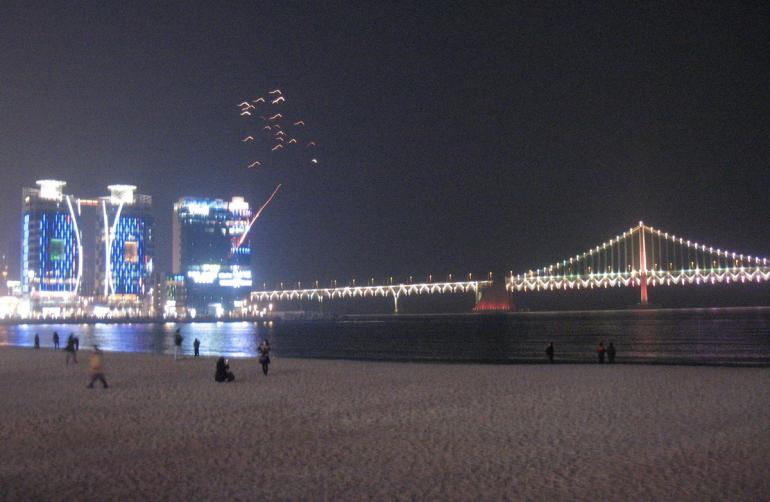
1. Hit the beach
Busan’s beaches are among the most popular in Asia, and go one better than Hong Kong’s by being directly accessible from the metro.
Haeundae beach may get the most ink, but just west of it, on a more tucked away inlet, is Gwangalli. While the beachfront is similarly dotted with hotels and eateries, it’s a little less frantic than Haeundae and the hoe (Korean-style sushi) dinners are every bit as delectable.
Gwangalli gets bonus points for the view of Gwangandaegyo (the bridge featured in the film Black Panther, released earlier this year) lighting up the night sky.
Gwangalli Beach, Gwangan-gu (Gwangan metro)
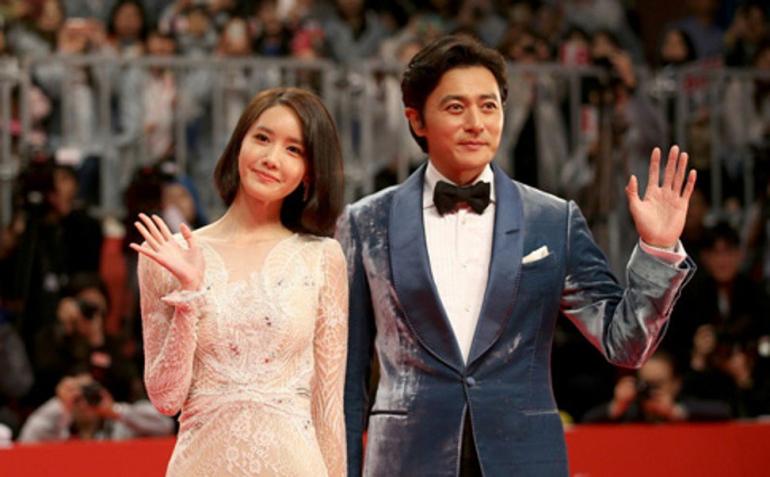
2. Mingle with celebrities at Busan International Film Festival
Coming into its 23rd edition this year, the Busan International Film Festival (BIFF), starting on October 4, remains one of Asia’s biggest and most boisterous public film events.
South Korean actor Ha Jung-woo returns to afterlife in sequel to ‘Along with the Gods’
Notoriously accessible, it is famed for its BIFF Village in Haeundae (along with the Busan Cinema Centre) and BIFF Square in Nampo-dong (its original home), which bring filmmakers and stars to viewers, and has clung to its mandate of introducing emerging Asian talent to the world.
Lu Chuan, Asghar Farhadi and Royston Tan are just a handful of the filmmakers that made regional debuts at BIFF.
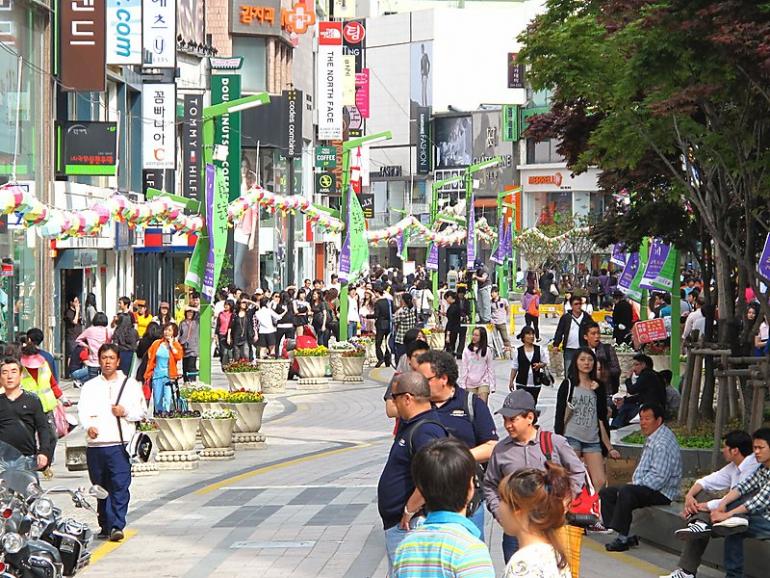
3. Nampo-dong market
Nampo-dong is the location of Jagalchi fish market, and a morning trip is worth the effort, but by mid-afternoon Busan’s own Temple Street is the place to be.
Everyday items, dried foods, vintage clothing, liquor, kids wear, souvenirs – almost anything you can imagine – can be found in Nampo-dong market, which attracts tourists and locals alike because of the amazing variety of goods it offers for sale, and for its street eating that rivals Singapore’s.
Snack on spicy saucy ddeokboggi (rice cakes), kimbab (rice rolls), fat mandu (dumplings), skewered odeng (fish paste), sundae (Korean blood sausages) or winter favourite bungeo-bbang – a fish-shaped pastry stuffed with red bean paste, chocolate, or cream.
Stand at the stalls or pair your food with some soju at a tented pojangmacha.
(Nampo metro)

4. Shinsegae Centum City
After the bustling, elbows-up shopping of Nampo-dong it may be time for some civility.
Shinsegae was Korea’s first department store and Shinsegae Centum City is its largest.
An early adopter of repositioning in the age of e-commerce, the massive Centum City store retails the usual suspects – Chanel, Cartier, LV – but also features an art gallery, skating rink and film cinema with a Ciné de Chef restaurant, serving French and Italian food.
It must be seen to be believed.
Centum Namdae-ro 35, Haeundae-gu, Busan, Korea (Centum City metro)
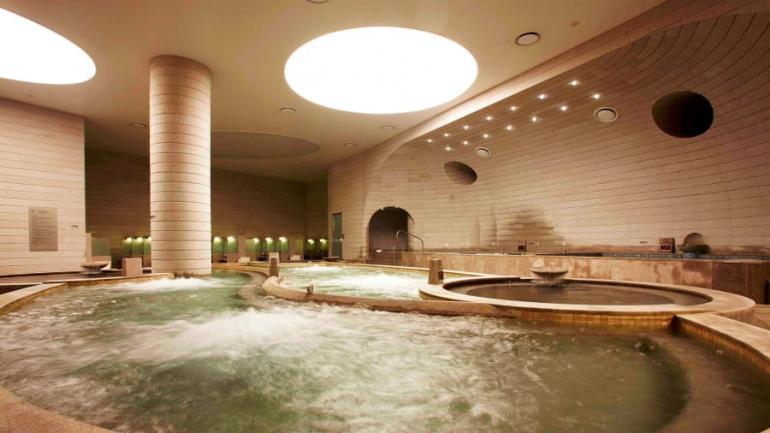
5. Spa day
What holiday is complete without a spa day? None, but a spa in Korea is a very different beast from what most of us are used to.
Rooted in hot springs combined with jjimjilbang (literally “heating room”), or bathhouses.
For authenticity try Hurshimchung Spa at the Hotel Nongshim, which dates back to the Joseon dynasty and features up to 40 hot, cold, saline, mud and herbal pools.
For a luxury experience, the Paradise Hotel’s guests-only spa also features Western-style treatments alongside its more intimate, boutique jjimjilbang.
If you’re looking for luxury and state-of-the-art tech in your bath hit the boggling, child-free Spa Land inside Shinsegae.
Regardless of where you go, all spas feature dining outlets for refreshments and socialising. Be warned, tattoos are likely not welcome.
Paradise Hotel 1408-5 Joong-dong, Haeundae-gu (Haeundae metro)
Hotel Nongshim, 23 Geumganggongwon-ro, 20beon-gil, Dongnae-gu (Dongnae metro)
Spa Land, Centum Namdae-ro 35, Haeundae-gu, Busan, Korea (Centum City metro)
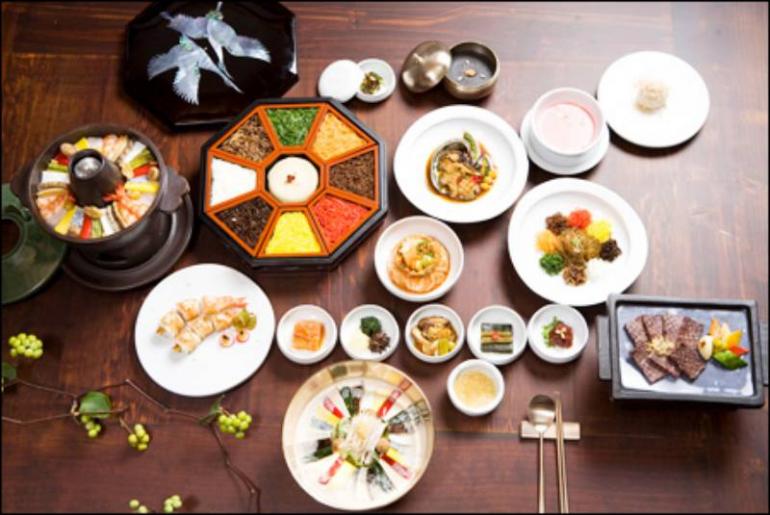
6. Fine dining and cool bites
Korea’s southwest Jeollanam may be the country’s culinary star, but Busan has its share of notable eats.
Step away from street eats with Yeyije’s creative hanjeongsik, imperial court-style table d’hôte. Effortlessly combining heritage (traditional, rare ingredients) and modernity, seemingly endless courses of fish, beef, vegetables, and of course kimchis are served with rich and soup.
For a funkier, singular night out hit the hidden gem that is Yong Ggum, literally “dragon’s dream”. Wash down the seafood, pajeon (savoury pancakes) and dubu kimchi (tofu with sautéed kimchi) with supremely potent dongdongju (rice wine) inside a second world war bomb shelter dug out of a hillside.
Yeyije, 2/F Prugio City, Haeundaehaebyeon-ro, 298beon-gil, Haeundae-gu, (Haeundae metro)
Yong Ggum, 13-13 Beomil 1-dong, Dong-gu (Beomil metro)
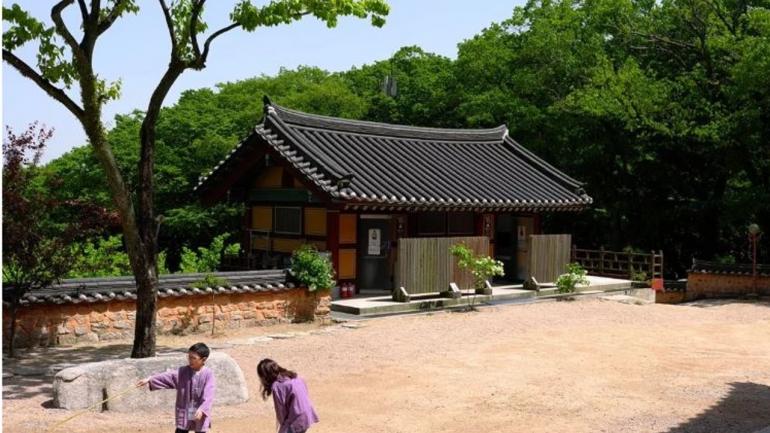
7. Find peace
Busan is a majority Buddhist town, and so a temple stay is not only easy to find, but the perfect way to shake off days of excessive eating and shopping.
One of the most accessible for non-Korean speakers is the 7th century Beomeosa, located on Geumjeongsan.
Rebuilt dozens of times, the temple is a beacon of harmony and wellness, and its Seon programme of chanting, prostrations, tea ceremonies, and meditation truly cleanses the spiritual palette.
546 Cheongnyong-dong, Geumjeong-gu (Beomeosa metro)
Note – This story was originally published on SCMP and has been republished on this website with permission.

